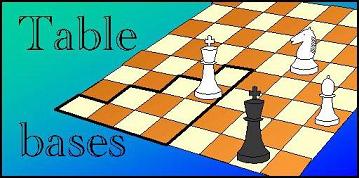
A position is quasi-symmetric if the symmetry pieces are located symetrically, but the other pieces are not. Such positions occur in the EGT as two equivalent positions. Naive generation of lost(N+1) positions, starting only from the lost(N) of the pieces that are in the EGT, will not in general keep these positions equivalent in terms of winning distance or state. In particular, if quasi-symmetric position Q is found to be lost by retrograde moving from a position P, which was not (quasi-)symmetric, the mirror-image position Q' will not be similarly reached by the mirrored retrograde move from the mirrored position P'. This because P' was not part of the data base.
To prevent this effect, the quasi-symmetric positions will always be updated in pairs, so if a retrograde move leads to Q, we will process Q' like the move also lead to that. This way all quasi-symmetric positions will always have a correct winning distance.